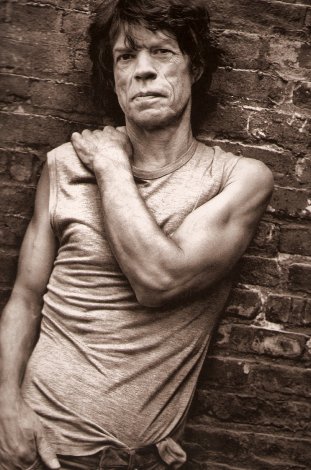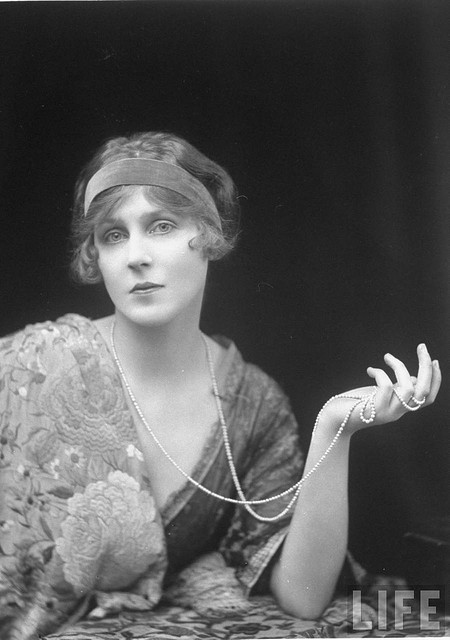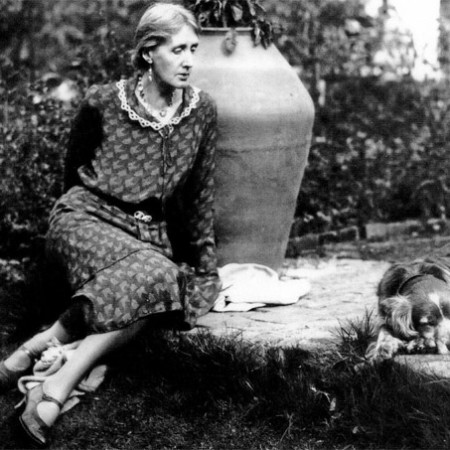 Emilia Fox, Arielle Dombasle and Annabel Brooks in Hideous Man (John Malkovich, 2002). Dresses by Bella Freud. Shoes by Christian Louboutin
Emilia Fox, Arielle Dombasle and Annabel Brooks in Hideous Man (John Malkovich, 2002). Dresses by Bella Freud. Shoes by Christian Louboutin
Poet is Priest
Money has reckoned the soul of America
Congress broken thru the precipice of Eternity
the president built a War machine which will vomit and rear Russia out of Kansas
The American Century betrayed by a mad Senate which no longer sleeps with its wife.
Franco has murdered Lorca the fairy son of Whitman
just as Mayakovsky committed suicide to avoid Russia
Hart Crane distinguished Platonist committed suicide to cave in the wrong
America
just as Million tons of human wheat were burned in secret caverns under the White House
While India starved and screamed and ate mad dogs full of rain
and mountains of eggs were reduced to white powder in the halls of Congress
no Godfearing man will walk there again because of the stink of the rotten eggs of America
and the Indians of Chiapas continue to gnaw their vitaminless tortillas
aborigines of Australia perhaps gibber in the eggless wilderness
and I rarely have an egg for breakfast tho my work requires infinite eggs to come to birth in Eternity
eggs should be eaten or given to their mothers
and the grief of the countless chickens of America is expressed in the screaming of her comedians over the radio
Detroit has built a million automobiles of rubber trees and phantoms
but I walk, I walk, and the Orient walks with me, and all Africa walks
And sooner or later North America will walk
Einstein alive was mocked for his heavenly politics
Bertrand Russell driven from New York for getting laid
immortal Chaplin driven form our shores with a rose in his teeth
a secret conspiracy by Catholic Church in the lavatories of
Congress has denied contraceptives to the unceasing masses of India.
Nobody publishes a word that is not the cowardly robot ravings of a depraved mentality
The day of the publication of true literature of the American
body will be day of Revolution
the revolution of the sexy lamb
the only bloodless revolution that gives away corn
poor Genet will illuminate the harvesters of Ohio
Marijuana is a benevolent narcotic but J. Edgar Hoover prefers his deathly Scotch
And the heroin of Lao-Tze & the Sixth Patriarch is punished by the electric chair
but the poor sick junkies have nowhere to lay their heads
fiends in our government have invented a cold-turkey cure for
addiction as obsolete as the Defense Early Warning Radar System.
I am the defense early warning radar system
I see nothing but bombs
I am not interested in preventing Asia from being Asia
and the governments of Russia and Asia will rise and fall but
Asia and Russia will not fall
The government of America also will fall but how can America fall
I doubt if anyone will ever fall anymore except governments
fortunately all the governments will fall
the only ones which won’t fall are the good ones
and the good ones don’t yet exist
But they have no being existing they exist in my poems
they exist in the death of the Russian and American governments
they exist in the death of Hart Crane & Mayakovsky
now is the time of prophecy without death as a consequence
the universe will ultimately disappear
Hollywood will not rot on the windmills of Eternity
Hollywood whose movies stick in the throat of God
Yes Hollywood will get what it deserves
Time
Seepage of nerve-gas over the radio
History will make this poem prophetic and its awful silliness a hideous spiritual music
I have the moan of doves and the feather of ecstasy
Man cannot long endure the hunger of the cannibal abstract
War is abstract
the world will be destroyed
Monument to Socco & Vanzetti not yet financed to ennoble Boston
Vachel Lindsay Secretary of Interior
Poe Secretary of Imagination
Pound Secty. Economics
and Kra belongs to Kra, and Pukti to Pukti
crossfertilization of Blok and Artaud
Van Gogh’s ear on the currency
no more propaganda for monsters
and poets should stay out of politics or become monsters
I have become monstrous with politics
the Russian poet undoubtedly monstrous in his secret notebook
Tibet should be left alone
these are obvious prophecies
America will be destroyed
Russian poets will struggle with Russia
Whitman warned against this “Fabled Damned of nations”
Where was Theodore Roosevelt when he sent out ultimatums from his castle in Camden
Where was the House of Representatives when Crane read aloud from his Prophetic Books
What was Wall Street scheming when Lindsay announced the doom of money
Where they listening to my ravings in the locker rooms of
Bricksford Employment Offices?
Did they bend their ears to the moans of my soul when I struggled
with market research statistics in the Forum of Rome?
No they were fighting in their fiery offices , on the carpets of
heart failure, screaming and Bargaining with Destiny
fighting the Skeleton with sabers, muskets, buck-teeth,
indigestion, bombs of larceny, whoredom, rockets, and pederasty,
back to the wall to build up their wives and apartments, lawns,
suburbs,
fairydoms,
Puerto Ricans crowded for massacre on 114th St. for the sake of an
imitation Chinese-Moderne refrigerator
Elephants of mercy murdered for the sake of the Elizabethan birdcage
millions of agitated fanatics in the bughouse for the sake of the screaming
soprano of industry
Money-chant of soapers – toothpaste apes in television sets – deodorizers on hypnotic chairs –
petroleum mongers in Texas – jet plane streaks among the clouds –
sky writers liars in the face of Divinity–fanged butchers of hats and shoes,
all Owners! Owners! Owners! with obsession on property and vanished Selfhood!
and their long editorials on the fence of the screaming negro attacked by
ants crawled out of the front page!
Machinery of a mass electrical dream! A war-creating whore of Babylon
bellowing over Capitols and Academies!
Money! Money! Money! shrieking mad celestial money of illusion!
Money made of nothing, starvation, suicide! Money of failure! Money of death!
Money against Eternity! and eternity’s strong mills grind out vast paper of
Illusion!
Allen Ginsberg













































 Gwili Andre by Cecil Beaton
Gwili Andre by Cecil Beaton













